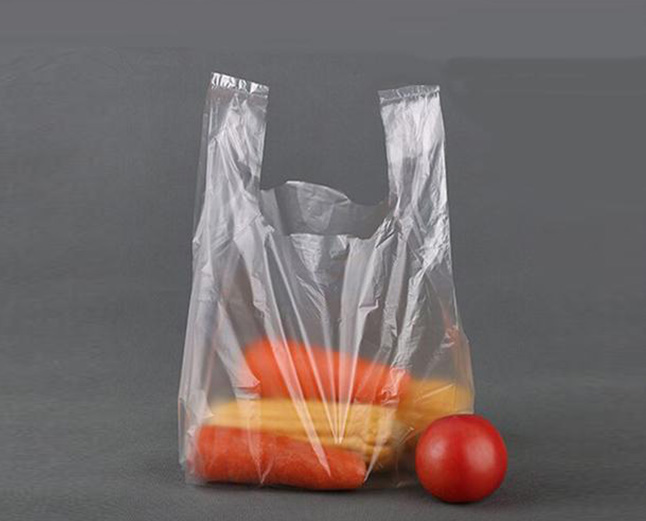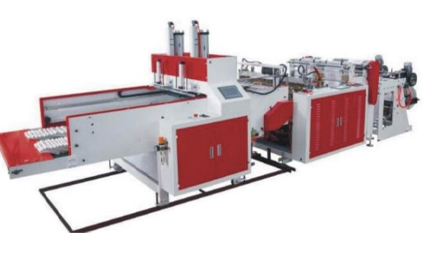Polyethylene bags, commonly known as poly bags, are ubiquitous in modern life due to their versatility, durability, and cost effectiveness. These flexible packaging solutions play a crucial role in various industries, from retail and food service to agriculture and manufacturing. This article explores the types of poly bags, their applications, and the basics of their production process, including the role of plastic bag making machines.

Poly bags are categorized based on the polymer used, each offering distinct properties:
HDPE (High-Density Polyethylene)
Characteristics: Rigid, high tensile strength, moisture-resistant, and opaque.
Uses: Retail shopping bags, grocery bags, and packaging for heavy items like hardware or construction materials.
LDPE (Low-Density Polyethylene)
Characteristics: Flexible, transparent, and puncture-resistant.
Uses: Bread bags, frozen food packaging, and lightweight garment covers.
LLDPE (Linear Low-Density Polyethylene)
Characteristics: Combines flexibility with enhanced durability and heat resistance.
Uses: Stretch film for pallet wrapping, agricultural films, and industrial liners.
PP (Polypropylene)
Characteristics: High clarity, chemical resistance, and heat tolerance.
Uses: Snack packaging, medical supplies, and reusable woven bags.
Biodegradable/Compostable Polymers
Characteristics: Made from PLA (polylactic acid) or starch blends; decompose under specific conditions.
Uses: Eco-friendly grocery bags, compostable trash liners, and foodservice packaging.
PVC (Polyvinyl Chloride)
Characteristics: High clarity, rigid or flexible (with plasticizers), and chemical-resistant.
Uses: Medical fluid bags, blister packaging, and protective covers.
1. Raw material extrusion film formation
The polyethylene granules are heated and melted, and then extruded through a film blowing machine. The film blowing method extrude the tube film through the annular die head, blown and cooled into a cylindrical film; the temperature, speed and other parameters are controlled to form a film substrate with uniform thickness.
2. Forming and bag making processing
After the film is slit, it enters the bag making machine, cuts to a fixed length by hot or cold cutting, and seals by heat sealing or high-frequency welding. According to the bag type requirements, add folding edges, punching or mold forming to achieve automated production of different structures such as flat bags and self-sealing bags.
3. Post-processing and quality inspection
The finished bags are printed, anti-static/anti-fog coated, and then manually or machine quality inspected to remove defective products such as holes and poor sealing. The scraps can be recycled and crushed and re-granulated. Some processes require additional degradation masterbatch to improve environmental performance.
Heat Cutting Plastic Bag Making Machine: Heat Cutting Plasti Bag Making Machine is suitable for heat sealing and cutting of printed and unprinted HDPE and low-density polyethylene films.
Double Lines T-Shirt Bag Making Machine: Double Lines T-shirt Bag Making Machine is specially designed for heat sealing and cutting of vest bags.It can realize automatic punching of two production lines , increase output and save manpower.
Double Track Shopping Bag Making Machine: Double track shopping bag making machine is capable of running two parallel lines at the same time, thus doubling the output by producing two different bags. It also reduces labour costs.

Poly bags are indispensable in global supply chains, with material selection dictating their performance in specific roles. From HDPE’s ruggedness to biodegradable polymers’ sustainability, each type addresses unique needs. Advances in plastic bag-making machinery further enhance efficiency and customization, ensuring poly bags remain a dynamic packaging solution in an evolving market.